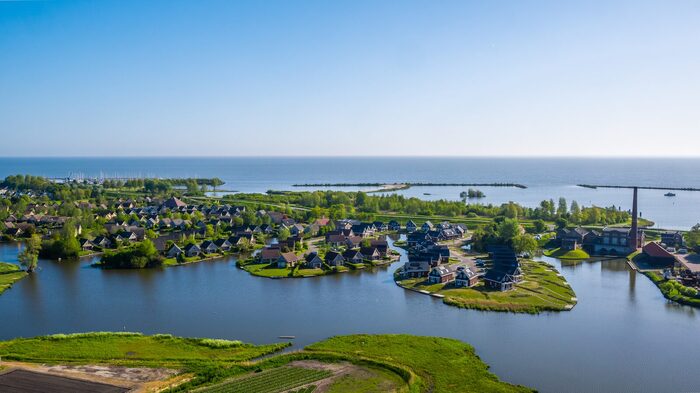While implementing energy initiatives in a neighborhood, a municipality is often met with backlash from residents. The reason? A big chance that the lack of social support for initiatives is due to residents of that neighborhood not being considered during implementation. Within the learning assignment Sustainable Behavior (CBSS Professorship), a tool was developed which can create social neighborhood profiles to assist municipalities with this task.
The tool consists of a questionnaire that can be filled out for a specific neighborhood. The results give insights about who is living there, which parties are active (for example neighborhood associations, social institutions, etc.) and how these various parties relate to each other, the environment, and the energy transition. The results are visualized in a graph that gives insights, among other things, the social character of a neighborhood. Currently, nine neighborhoods or towns are charted in order to better compare these areas. Most noticeable is that there are clear differences between various areas. This is a great result, because based on that data, we can make conclusions about the participation approach that could be effective in a specific area.
From a social profile to a participation approach
Various factors appear to have predictive value for a successful participation approach, such as the degree of social cohesion in an area and the trust residents have in the municipality. If there’s a relatively low level of trust, perhaps due to a previous incident, it seems logical that the municipality wouldn’t lead a proposed project. However, if residents then still indicate that the municipality should lead it, this implies that some discussions and agreements are needed before the process begins. Although participation will always be customized, insight into social factors can lead to choosing the right approach more quickly. Furthermore, sharing the ultimately chosen approach, given a social profile, can help other municipalities make the right choices. By sharing the social profiles and chosen approaches, we can learn together.
The tool was developed within the Professorship of Communication, Behavior and the Sustainable Society (CBSS) in collaboration with researchers, PhD students, and students. The development of this tool is a great example of the connection Entrance establishes between education and research. The tool will be digitized in the coming year, so municipalities and other parties can use it themselves. Furthermore, advice regarding the chosen participation approaches will be shared, allowing areas with more or less similar profiles to learn from each other’s experiences.
